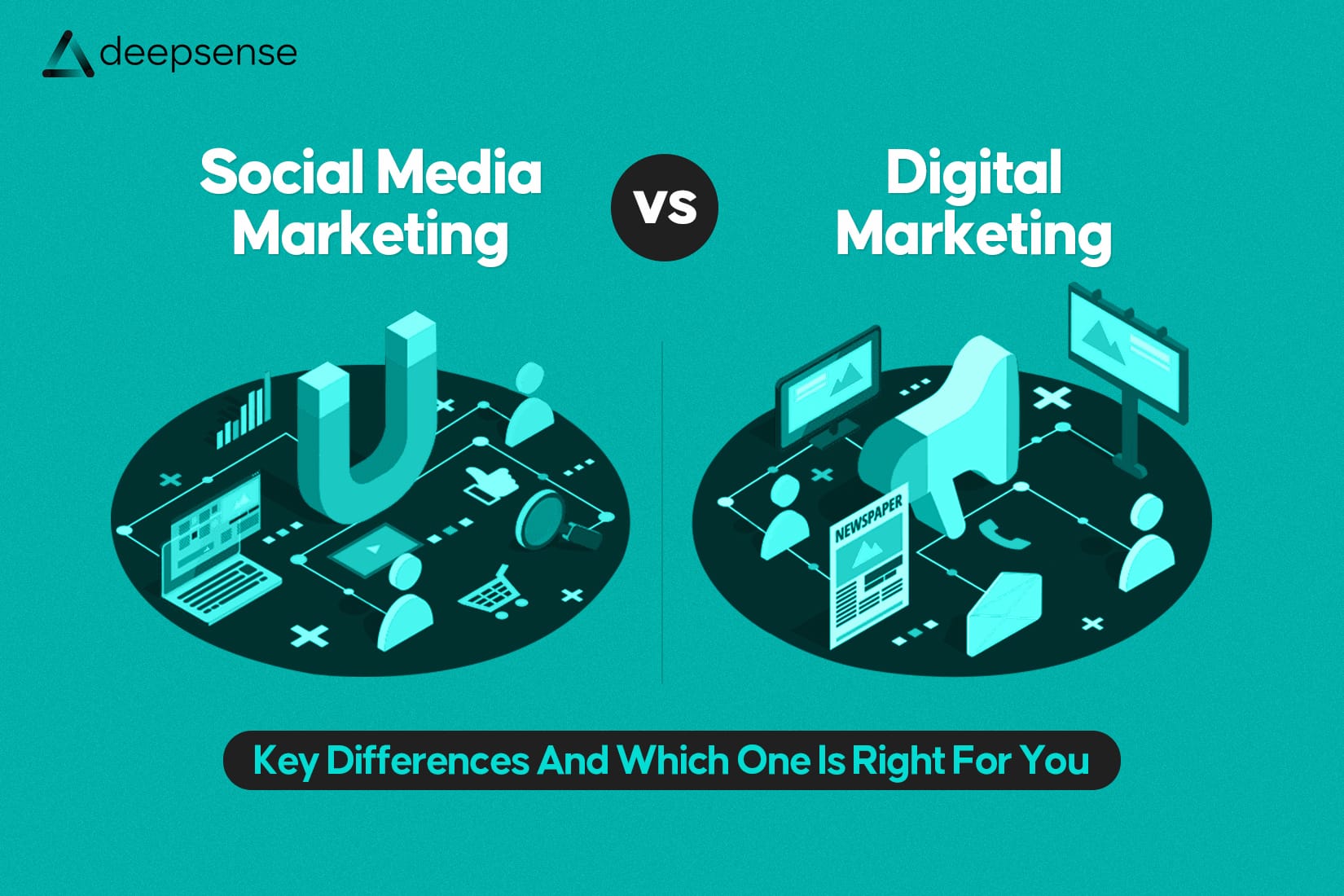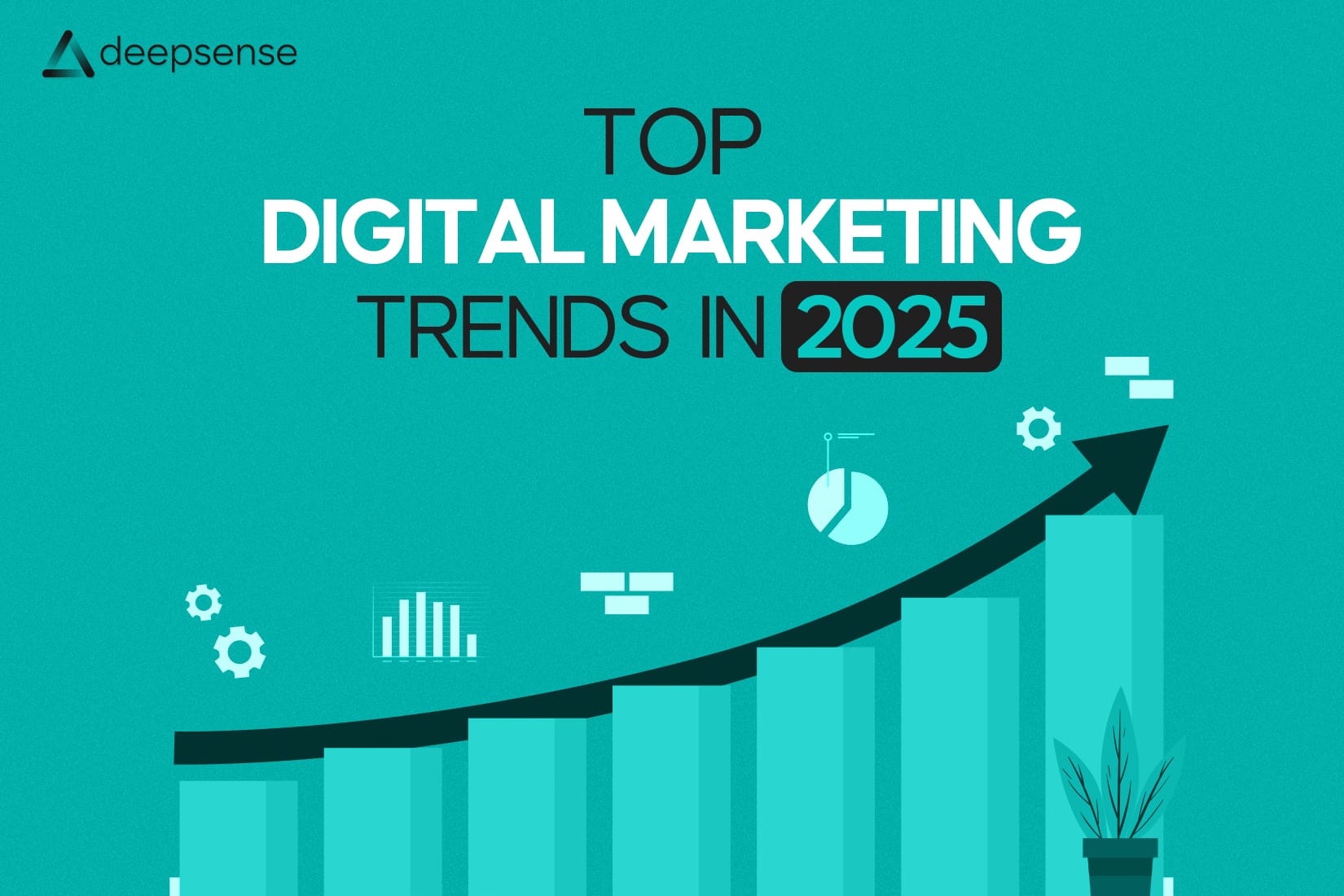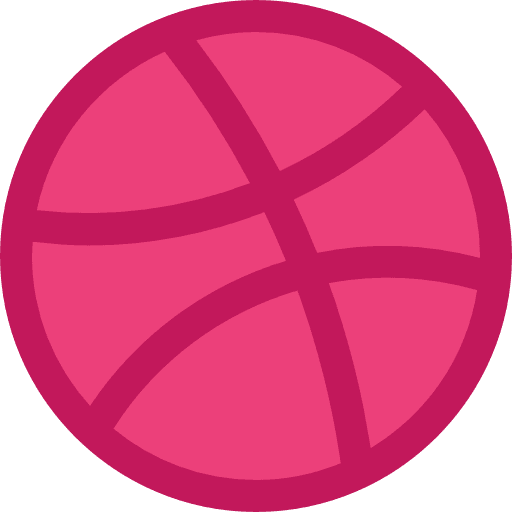Introduction: Turning Up the Heat on Summer Campaigns
Summer in India isn’t just about the rising temperature, it’s a golden window for brands to break through the clutter and leave a lasting impression. With school holidays, vacation planning, IPL madness, and mid-year sales, people are already in a mood to engage, explore, and shop. But here’s the catch, so is every other brand.
In this digital era buzzing with noise, how do you ensure your summer campaign doesn’t melt away unnoticed? Whether you’re an FMCG brand launching a summer special, a fashion label introducing a breezy collection, or a beverage brand fighting for shelf space, crafting a seasonally smart, emotionally resonant, and creatively bold campaign is the key to making waves.
This guide will walk you through everything you need to know to build a high-impact summer campaign, from understanding your audience’s summer psyche to executing thumb-stopping creatives, choosing the right platforms, leveraging influencers, and analyzing post-campaign success. We’ll also share real-life Indian campaigns that nailed their seasonal strategies and turned the heat into hype.
Why Summer Campaigns Matter
- Consumer spending spikes: According to a report by Statista, retail sales in India grow by 15–20% during summer, particularly in sectors like fashion, food & beverage, tourism, and lifestyle products.
- Season of engagement: Social media engagement is higher during vacation months. People have more leisure time and are more likely to consume and interact with content.
- Launchpad for new products: Many brands use summer as a testing ground for new products and limited-time offers.
So yes, summer is the perfect season to make a splash, if you do it right.
Step-by-Step Guide to Creating a Successful Summer Campaign
1. Start With the Audience, Not the Product
Understand how your audience behaves in summer. Ask:
- Are they traveling more?
- Shopping for summer essentials?
- Looking for ways to stay cool?
Insight: Millennials and Gen Z often look for “experiences” over just “products.” Campaigns with a lifestyle appeal tend to perform better.
2. Pick a Bold Summer Theme
Use themes that resonate emotionally and visually. Some ideas:
- “Beat the Heat”
- “Hot Drops, Cool Vibes”
- “Summer Essentials 2025”
- “Staycation Goals”
Pro Tip: Pair your campaign with high-contrast visuals, bright colors, and dynamic typography. Think yellow, turquoise, coral, and pastel palettes.
3. Leverage Instagram Reels, Stories & UGC
Summer content should be short, snackable, and shareable.
- Instagram Reels: Create 15–30 second clips of your product being used in a summer setting.
- User-Generated Content: Run a hashtag contest asking customers to share how they’re using your product during summer. Feature the best entries on your page.
Stat: UGC-based ads get 4x higher click-through rates (source: Nielsen).
4. Use Seasonal Offers, Bundles & Limited Editions
Examples:
- “Cool Combo Deals” – e.g., summer drinks + glassware.
- Flash sales during heatwaves – Use weather triggers.
- Limited-time packaging – Like mango-themed or beach-inspired design.
Case Study: Paper Boat saw a significant rise in sales when they launched limited-time regional summer drinks like Aam Panna and Jaljeera in nostalgic packaging.
5. Geo-Targeted Ads Based on Weather
Use local weather data to trigger personalized ads:
- “It’s 38° in Chennai—time to chill with our mint face mist!”
- “Rainy in Mumbai? Grab our waterproof sandals!”
Tool Tip: Use platforms like Adyogi, WeatherAds, or Google Ads Weather Targeting.
6. Create Summer-Ready Landing Pages
Make sure your website reflects the summer theme:
- Update banners
- Feature seasonal products at the top
- Highlight summer offers in pop-ups or sticky bars
Stat: Customized seasonal landing pages have a 26% higher conversion rate (source: Unbounce).
7. Collaborate with Seasonal Influencers
Summer influencers could include:
- Travel bloggers
- Fashion stylists
- Wellness coaches
- Food & drink creators
Case Study: boAt Lifestyle partnered with fitness creators and travel influencers in 2023 for a campaign titled “Sweat in Style” promoting waterproof earbuds. The campaign generated 5.1M+ impressions and increased direct website sales.
8. Plan Offline + Online Synergy
If you have a physical presence:
- Run in-store experiences: beach-themed decor, free lemonade counters, sunscreen giveaways.
- Mirror the same themes online.
Example: FabIndia launched a campaign titled “Summer of Handlooms” across both their retail stores and online website, offering workshops and Instagram lives on how to style summer fabrics.
9. Create a FOMO-Driven Countdown
Use urgency tactics:
- “3 Days Left for Our Summer Finale Sale”
- “Offer Ends Sunday! Don’t Sweat It!”
Psych Insight: Limited-time frames create psychological urgency, triggering action.
10. Measure and Retarget
Track:
- Click-through rates on summer creatives
- Engagement on seasonal posts
- Sales attributed to your summer landing pages
Use the data to retarget:
- Cart abandoners
- Video viewers who didn’t convert
- Repeat buyers with loyalty offers
Bonus Ideas: Quick Wins
- Host a “Summer Quiz” with fun giveaways.
- Launch a Spotify playlist featuring your brand’s summer vibe.
- Use AR filters on Instagram (think sunglasses, waves, popsicles).
- Introduce “Sun Points”—a loyalty program active only in summer months.
Final Thoughts: Soak Up the Opportunity, Not Just the Sun
Summer is more than just a season, it’s a mindset. And smart marketers know that aligning with that mindset can open doors to massive engagement, brand love, and conversion. The campaigns that truly cut through aren’t necessarily the loudest or the biggest-budget ones, they’re the most relevant, creative, and timely.
So, whether you’re selling sunscreen or streaming content, remember this: create value, stir emotion, ride the trends, and keep it real. Experiment with formats, test across channels, and don’t be afraid to infuse a little fun and freshness, that’s what summer is all about.
Start early, think creatively, and campaign purposefully. Your brand’s next summer hit might just be one smart strategy away.
FAQs
- What is “cut through the noise” in marketing?
“Cut through the noise” in marketing refers to a brand’s ability to stand out in an oversaturated market filled with competing messages, ads, content, and promotions. In today’s digital world, consumers are bombarded with thousands of marketing messages every day, from social media ads and emails to push notifications and influencer content.
Cutting through the noise means creating content or campaigns that are:
- Relevant to your audience
- Emotionally compelling
- Visually engaging
- Timed correctly
- And different enough to grab attention and trigger action.
It’s about breaking through the clutter and making your message memorable in a crowded marketplace.
- How to reduce noise in marketing?
Reducing noise in marketing means eliminating distractions or irrelevant content so your core message lands effectively. Brands can reduce noise by:
- Being Clear and Concise: Avoid jargon, filler, or overly complex language.
- Targeting the Right Audience: Speak directly to your ideal customer; not everyone needs to hear your message.
- Personalizing Content: Use data to create hyper-personalized experiences across emails, ads, or website content.
- Focusing on Value, Not Volume: Don’t overwhelm your audience with too many messages. Make each one count.
- Refining the Creative: Use compelling visuals, clear calls-to-action (CTAs), and consistent brand identity.
- Timing Matters: Send messages when your audience is most receptive — not just when it’s convenient for you.
- How to cut through the noise?
To truly cut through the noise in marketing, your strategy must be intentional and creative. Here’s how:
- Know Your Audience Intimately
Use audience personas, behavior data, and search insights to understand what they care about.
- Tell a Powerful Story
People remember stories, not statistics. Make your campaign human-centric and relatable.
- Leverage Bold Visuals & Messaging
Use design and messaging that is thumb-stopping, something that catches the eye instantly in a scroll-heavy feed.
- Tap into Trends & Emotions
Trends, pop culture references, or even local news can help your brand feel timely and relevant.
- Be Unexpected
Humor, controversy (used responsibly), or bold moves can make people stop and take notice.
- Use the Right Channels
Focus where your audience is most active, be it Instagram Reels, LinkedIn posts, YouTube Shorts, or even offline touchpoints.
- Make it Interactive
Polls, quizzes, challenges, or contests encourage engagement and deepen brand recall.
- What is the noise model of marketing?
The noise model of marketing comes from communication theory. It refers to anything that distorts or interferes with the delivery or reception of a marketing message.
In the marketing context, “noise” can be:
- Competing ads or messages from other brands
- A poorly designed website or email layout
- Mismatched brand voice and customer expectations
- Technological issues (like slow-loading pages or broken links)
- Distracted audiences who are multi-tasking or ignoring ads
The goal in marketing is to minimize this noise and ensure your message gets through clearly and effectively. That’s why clarity, audience targeting, and brand consistency are so important.











